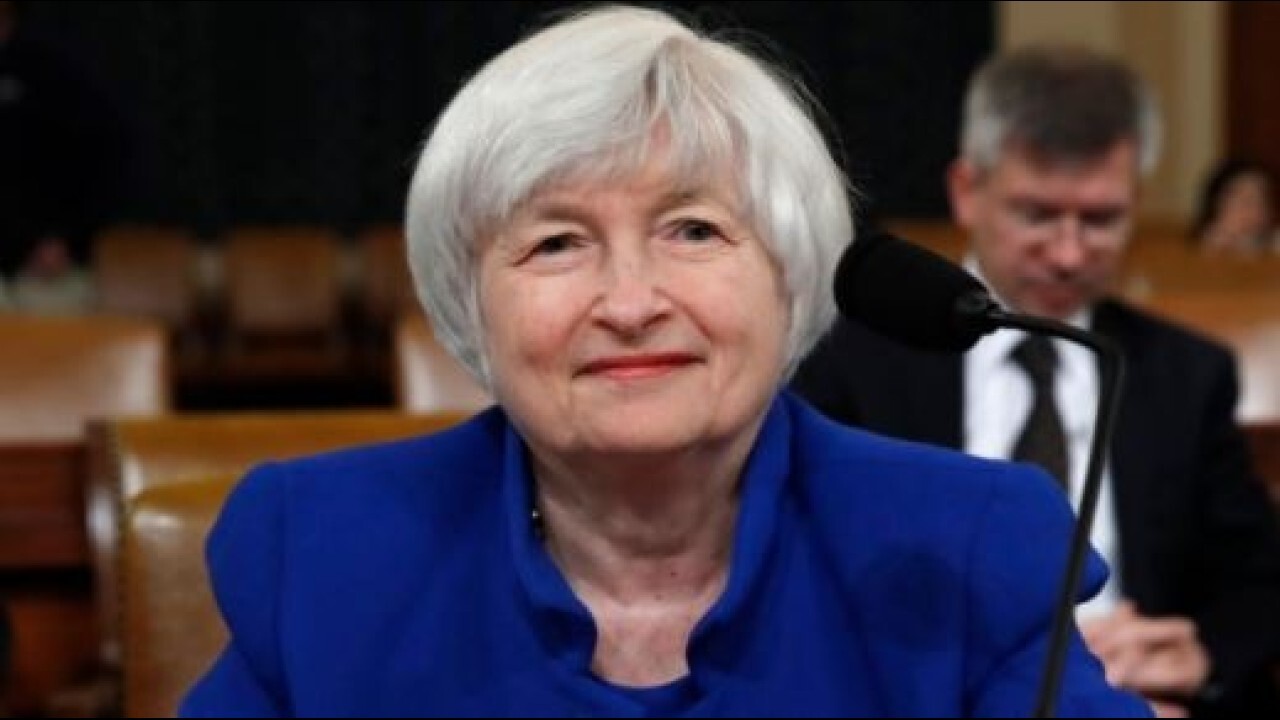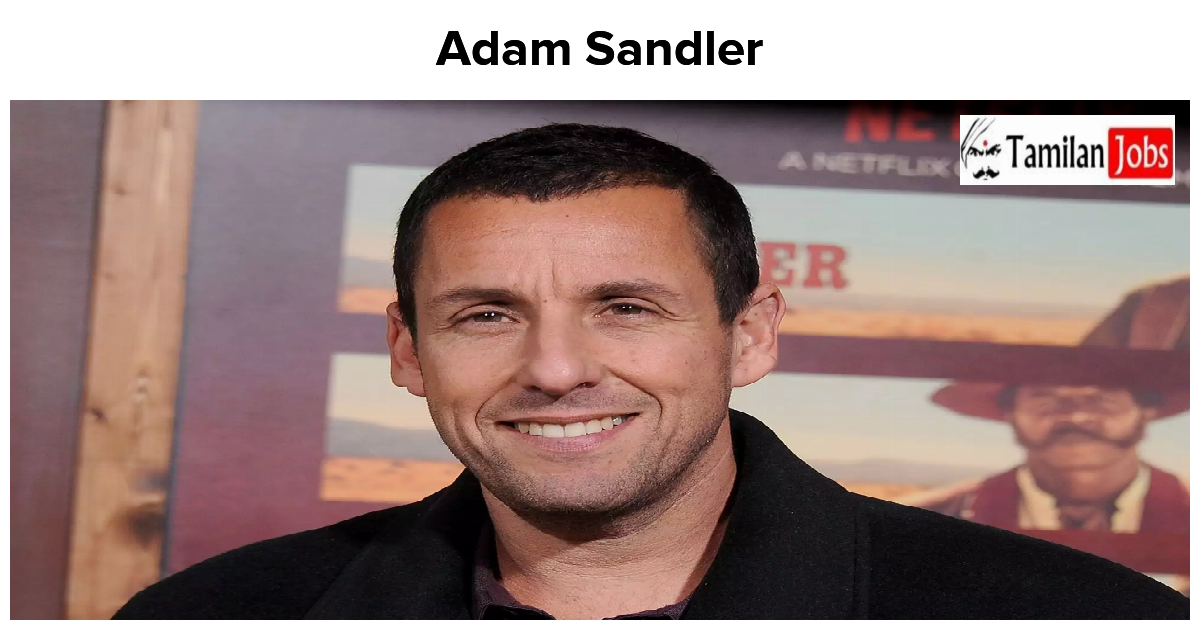US Debt Ceiling: August Deadline Looms, Treasury Warns

Table of Contents
Understanding the US Debt Ceiling and its Significance
The US debt ceiling is the legal limit on how much money the US government can borrow to meet its existing obligations. This limit doesn't dictate how much the government spends; rather, it restricts the government's ability to finance already authorized spending through borrowing. It's crucial to distinguish the debt ceiling from the national debt itself – the total accumulation of past government borrowing. The debt ceiling is simply a limit on how the government pays for what it has already committed to spending.
- Mechanics: When the government spends more than it receives in tax revenue, it borrows money by issuing Treasury bonds. The debt ceiling sets a limit on the total amount of outstanding debt. Reaching this limit forces the Treasury to take extraordinary measures to avoid exceeding it.
- Historical Context: The debt ceiling has been raised or suspended numerous times throughout history. However, past standoffs have often led to heightened market volatility and uncertainty, sometimes resulting in credit rating downgrades and economic slowdowns. The 2011 debt ceiling crisis, for instance, resulted in a downgrade of the US credit rating and considerable market turmoil.
- Economic Consequences: Previous debt ceiling debates have demonstrated the potential for significant negative consequences. These include increased interest rates, reduced consumer confidence, and potential disruptions to government services, impacting everything from Social Security payments to national defense.
The August Deadline: What Happens if Congress Fails to Act?
The Treasury Department's warning about an August deadline underscores the urgency of the situation. Failing to raise the debt ceiling by this time could have severe repercussions, potentially triggering a domino effect of negative economic consequences.
- Government Shutdown: A failure to raise the debt ceiling could lead to a partial or complete government shutdown, halting non-essential government services and impacting federal employees.
- US Default: The most catastrophic scenario is a US default on its debt obligations. This would represent a breach of trust in the US government and potentially trigger a global financial crisis. International investors rely on the US's ability to meet its debt obligations. A default would severely damage that trust.
- Credit Rating Downgrade: A US default would almost certainly result in a credit rating downgrade, leading to higher borrowing costs for the government and potentially for businesses and consumers. This would increase the cost of borrowing money for everyone.
- Economic Impact: A US default could trigger a recession, leading to job losses, decreased consumer spending, and a decline in overall economic activity. The ripple effects would be felt worldwide.
Political Implications and Potential Solutions
The political landscape surrounding the debt ceiling debate is highly charged. Reaching a bipartisan agreement is challenging, given the differing priorities and ideologies of the Republican and Democratic parties.
- Political Viewpoints: Republicans generally advocate for reduced government spending and fiscal responsibility, while Democrats often emphasize the need to protect social programs and investments in infrastructure. Finding common ground between these divergent viewpoints is proving difficult.
- Potential Compromise Solutions: Potential solutions include a clean debt ceiling increase, a debt ceiling increase tied to spending cuts, or a short-term extension to buy time for further negotiations. Each option presents its own set of political and economic challenges.
- Role of President and Congress: The President and Congress bear the primary responsibility for resolving this issue. Negotiations and compromises are critical to finding a solution that prevents a default.
- Short-Term vs. Long-Term Solutions: While a short-term extension might provide temporary relief, a longer-term solution that addresses the underlying issues of government spending and revenue is crucial to prevent future debt ceiling crises.
The Role of the Treasury Department and its Contingency Planning
The Treasury Department is actively working to manage the situation, employing "extraordinary measures" to postpone the day of reckoning. These measures involve prioritizing certain payments and delaying others. However, these are temporary fixes and have limitations. Once these measures are exhausted, the government will no longer be able to meet all its obligations, potentially leading to a default. The Treasury's actions are crucial in buying time for Congress to reach a solution, but they cannot prevent a crisis indefinitely. Their ongoing updates and analysis of the financial markets are critical in assessing the immediate risk.
Conclusion
The looming August deadline for the US debt ceiling presents a serious and potentially catastrophic threat to the US economy and global financial stability. Failing to raise the debt ceiling could result in a government shutdown, a US default, a credit rating downgrade, and a significant economic downturn. Congress must act responsibly and swiftly to reach a bipartisan agreement that prevents this crisis. The economic consequences of inaction are too severe to contemplate.
Call to Action: Stay informed on the US debt ceiling debate. Contact your representatives regarding the looming debt ceiling crisis and urge them to prioritize a responsible solution. Learn more about the implications of the US debt ceiling deadline and participate in the democratic process to safeguard the nation's financial future.

Featured Posts
-
 The Business Of Comedy Analyzing Adam Sandlers Net Worth
May 11, 2025
The Business Of Comedy Analyzing Adam Sandlers Net Worth
May 11, 2025 -
 Find Your Grand Slam Delight With The Jamaica Observer
May 11, 2025
Find Your Grand Slam Delight With The Jamaica Observer
May 11, 2025 -
 Por Que Se Llama Semana De Turismo En Uruguay La Semana Santa Y La Laicidad Uruguaya
May 11, 2025
Por Que Se Llama Semana De Turismo En Uruguay La Semana Santa Y La Laicidad Uruguaya
May 11, 2025 -
 Lowry In Contention A Valspar Championship Update
May 11, 2025
Lowry In Contention A Valspar Championship Update
May 11, 2025 -
 Lowrys Public Display Of Support For Mc Ilroy
May 11, 2025
Lowrys Public Display Of Support For Mc Ilroy
May 11, 2025
